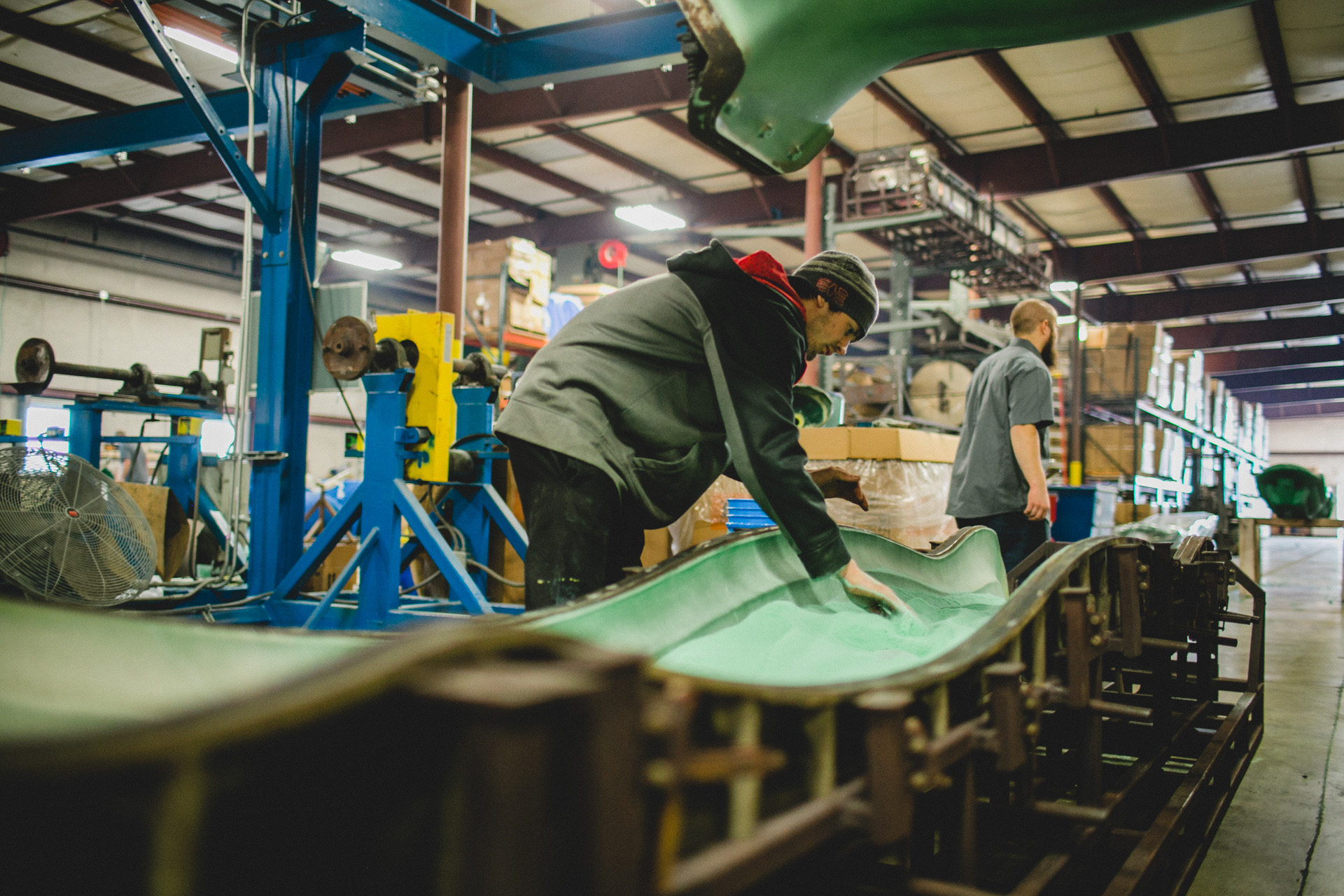
The Design For Rotomolding Process Begins With?

The design for rotomolding process begins with careful consideration of the draft angles. Properly calculating these angles is crucial to the success of the product. For instance, heavy texture finishes or engraved features require additional draft angles. While a geometric shape is not as complicated as a triangle, it can benefit from an added drop box to avoid the need to rework the design to accommodate the new dimensions.
When creating a design for Rotomolding, avoid sharp corners. These sharp corners can cause a problem in production. In addition, sharp corners create a heat sink that collects more heat than other areas of the mold. In other words, the inside corner of a plastic product should be as thick as the nominal wall thickness. Adding a radius improperly could cause the product to fail prematurely.
The wall thickness of a plastic part is an important consideration in the design for Rotomolding. It is important to keep this distance as small as possible. A thickness of 1/8" will require a 5/8" gap between the outside wall and the inside wall. A larger distance is recommended for thicker walls. A good rotomolding design is flexible, allowing for a wide range of design variations.
When designing a part for rotomolding, remember to take into consideration the material limitations. If the wall thickness is too thick, the parts can be too thin. A deep recess may also result in a more expensive final product. It is important to choose the right wall thickness for your project. Another consideration is the material properties. Choosing the right plastic can affect the cost of the product. The right design for rotomolding will improve your product's quality and efficiency.
During the design process, consider the use of the product. Is it for home or commercial use? Is it for a highly corrosive environment? Asking these questions will help you refine your design ideas. After obtaining these answers, create an initial sketch of the fully functional item. Once the design is complete, you must decide on the type of plastic for the product. If it's a high-end product, the rotomolding process will be better.
While designing for rotomolding, you should carefully consider the material. The proper design should be precise and repeatable. The end product should be beautiful and functional. It can be used in many different applications. The design phase should be detailed and thorough. This way, you'll have the right design for rotomolding. There are many benefits to this process. You can use it for almost any industry.
When designing for rotomolding, consider the draft angles of your design. The draft angles should be in proportion to the nominal wall thickness. The design of the part should avoid sharp corners. Ensure that the radius is larger than the nominal wall thickness. Incorrect angles can lead to failures in the future. In a rotational mold, the corners should be rounded. You should be able to see the recessed part of the product with a magnifying glass.